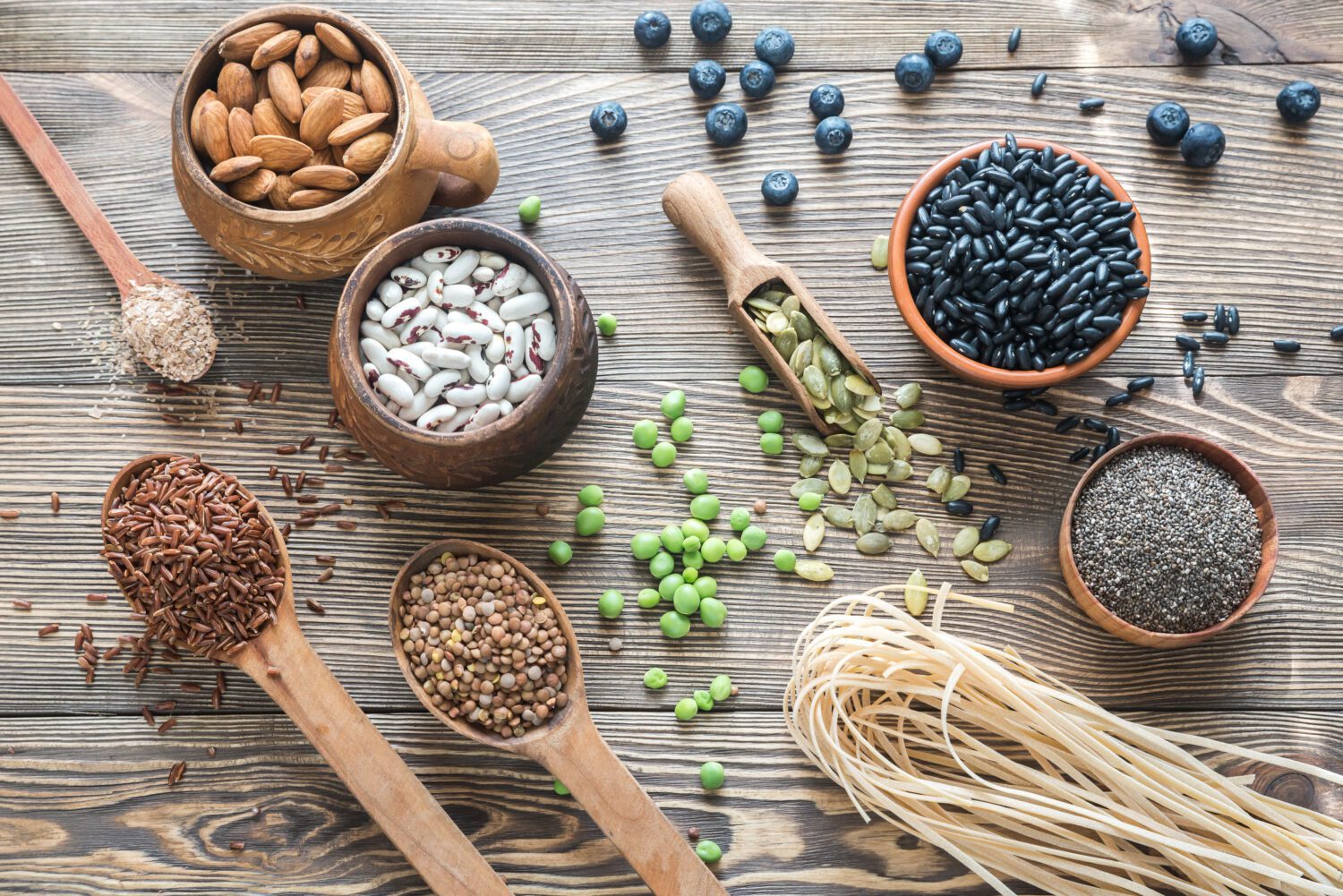

Cellulose is an organic molecule comprised of carbon, hydrogen, and oxygen. Since it is an important structural component of the cell walls of green plants, cellulose is the most abundant organic polymer on earth. It acts as a hydrophilic bulking agent for faeces, helping to prevent constipation.
Cellulose is relatively inexpensive and, therefore, extensively used by food manufacturers. Cellulose and its cousins – microcrystalline cellulose and carboxymethyl cellulose – are found in white bread with added fibre, pre-shredded cheese, vegetarian burgers, chicken nuggets, low-fat ice cream, and much more.
Cellulose is often added to sauces for both its thickening and emulsifying actions. The gelling action of cellulose when combined with water provides both thickening and stabilising qualities in the food to which it is added. Cellulose gel acts as an emulsion, suspending ingredients within a solution and preventing water from separating out.
The thickening power of cellulose allows for more air to be whipped into products such as ice creams or whipped toppings. Cellulose also allows for the production of thick and creamy foods without having to use as much fat.
Cellulose’s ability to absorb moisture and coat ingredients in a fine powder makes it the perfect additive for anti-caking applications. Shredded and grated cheeses, powdered drink mixes and spice mixes are just a few of the many food items that use cellulose as an anti-caking agent. For example, cellulose powder is used in Kraft’s Parmesan cheese to prevent caking inside the package.
Adding cellulose to food allows an increase in bulk and fibre content without a major impact on flavour. Because cellulose binds and mixes easily with water, it is often added to increase the fibre content of drinks and other liquid items when the gritty texture of regular fibre would be undesirable.

Cellulose provides a lot of bulk in food, however, because it is indigestible to humans, it has no caloric value. For this reason, cellulose has become a popular bulking agent in diet foods. Eating foods high in cellulose allows dieters to feel full without consuming too many calories.
Cellulose (E460) can be found on ingredient lists under a variety of names, depending on which form is used. Although cellulose has the same molecular structure regardless of the source (wood pulp, cotton, or other vegetable matter), how the molecules are bonded together and whether or not they are hydrated creates different “forms” of cellulose.
Powdered cellulose is the most widely used in food products and in the form of choice for anti-caking applications. Cellulose gum (carboxymethyl cellulose) or cellulose gel (microcrystalline cellulose or MCC), which are hydrated forms of cellulose, are often used in sauces or other wet items such as ice cream and frozen yoghurt.
Cellulose is a harmless fibre that can add bulk to food without making it more fattening. Adding powdered cellulose allows manufacturers to remove as much as 50 per cent of the fat from some cookies, biscuits, cakes and brownies while increasing their fibre content. However, it is worth pointing out that any health benefits of additional fibre from cellulose will not cancel out the negative dietary impact of additional sugar, corn syrup, and white flour that may be added to these products to improve the taste.
So, though harmless, cellulose is essentially just a cheap filler. Naturally occurring fibre, in whole, unprocessed foods, is bound with vitamins and minerals. Fruits, vegetables, whole grains, and legumes are excellent fibre sources, all of which offer nutritional benefits beyond just fibre.
Written by Victoria Trowse. Victoria is a fully qualified nutritionist with a special interest in obesity.
If you would like to know more about the specific enzymes and science behind the “why” of dietary nutrition and advice, check out our Level 5 Nutrition course.